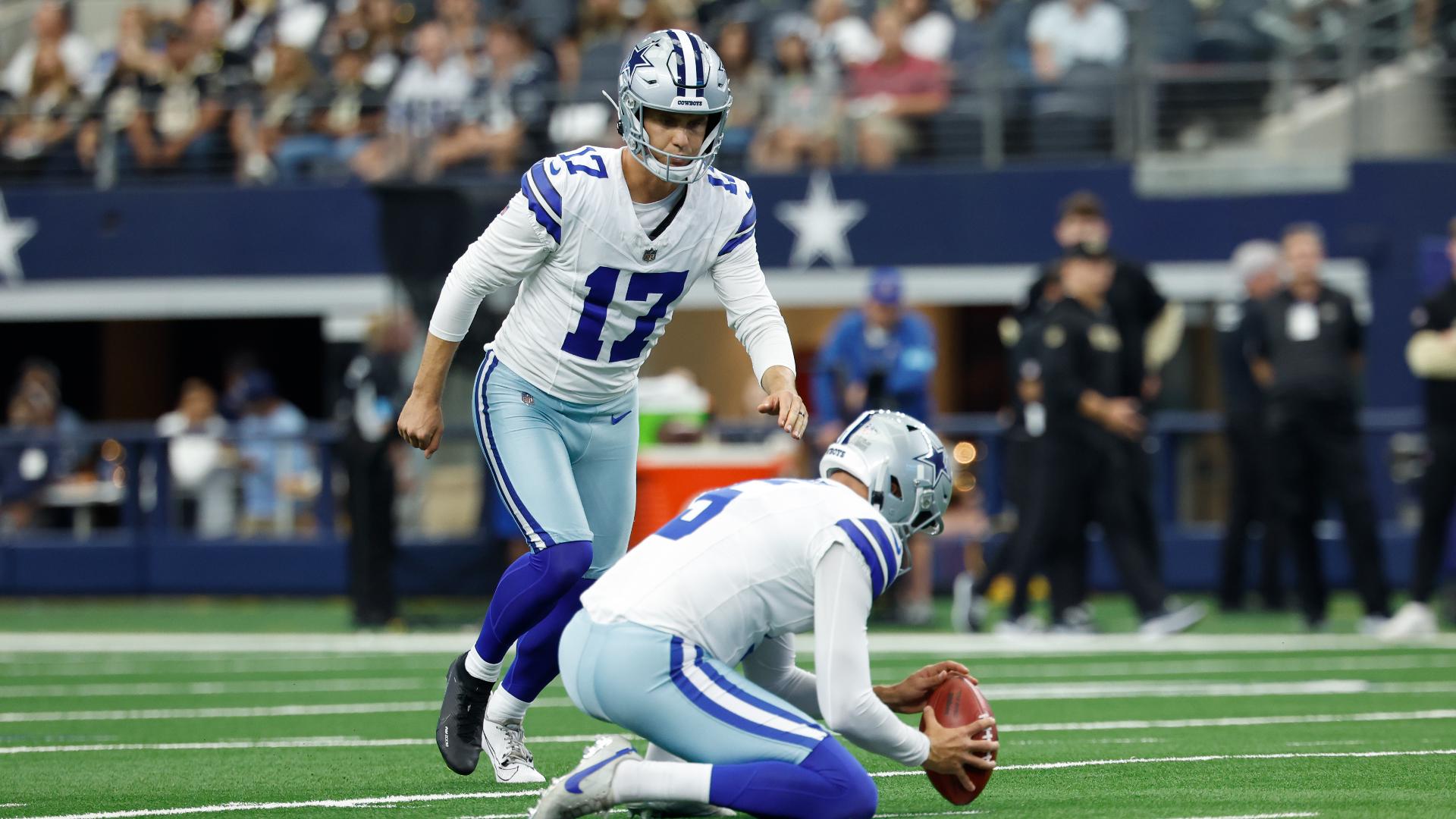DALLAS — To watch Brandon Aubrey kick a football is equal parts perplexing and simple. None of it makes much sense, yet all of it looks easy.
For one, like most kickers in the NFL, Aubrey looks out of place on a field of giants. He's not small, by any means – the Cowboys' website lists him at 6 feet, 3 inches tall and 218 pounds, bigger than CeeDee Lamb – but he wears almost no shoulder pads and none under his pants.
And that's just what you notice before the play.
When the ball is snapped, linemen crash head-to-head and speedy defenders race around the edge, lunging for a blocked kick. Aubrey, however, takes his sweet time.
Standing with his left foot slightly forward, Aubrey leans forward, takes a step with his right kicking foot, then plants with his left. Then boom.
The distance from the goalpost doesn't matter much at this point – because the football just flies.
And flies.
And flies.
No kicker in the NFL seems to be as locked in as Aubrey, and no player on the Cowboys has been a bigger weapon, through four games of the season.
Aubrey has made 12 of 13 field goals this season, including six of seven from 50 yards or more. Two of those kicks have been from 60 yards and beyond – a 60-yarder against the Giants and a 65-yarder against the Ravens, the second-longest kick in NFL history. He also made a 66-yarder that was called back by penalty against the Browns, and he nailed a 66-yarder in the preseason.
Range is no problem for Aubrey, and accuracy rarely is.
His secret?
It might start with what he doesn't do.
"If you just watch his upper body, his helmet, his head, even his number on his jersey on his approach – it doesn't move," said Jaden Oberkrom, a former All-American kicker at TCU who now trains kickers full-time through his Oberkrom Kicking Academy. "His upper body is extremely still, and something I tell my guys all the time: The more you move your upper body, the bigger you miss it. The less you move your upper body, the smaller the mishits."

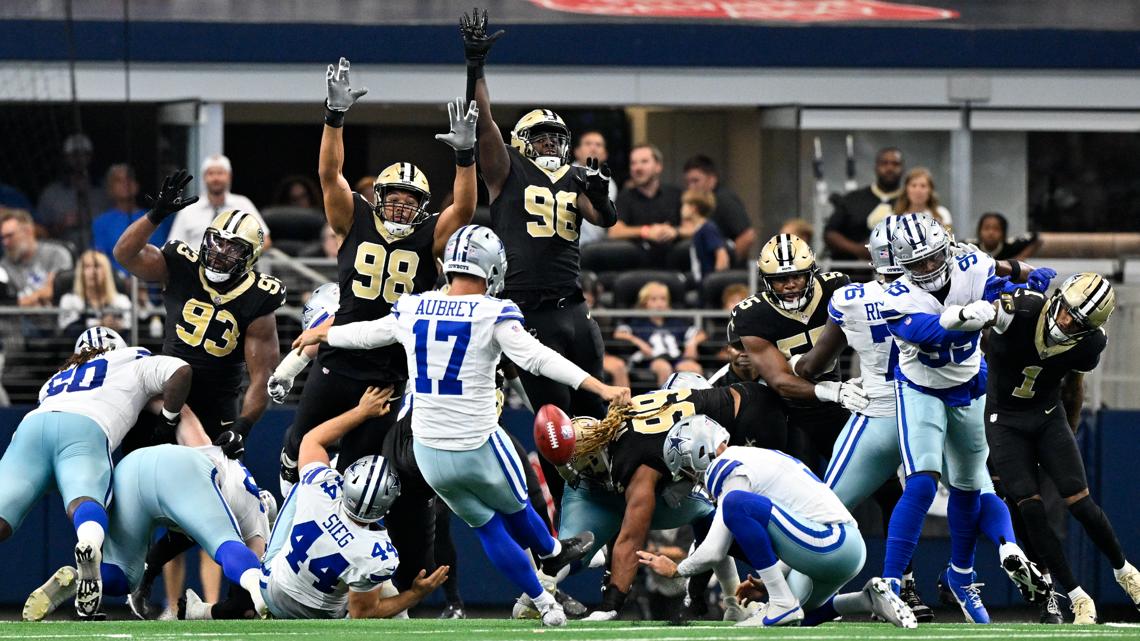
For all of Aubrey's success, he's not the only one. The Texans' Kai'imi Fairbairn is also six of seven from 50 yards and longer this year, with a season-long of 59 yards.
And the Patriots' Joey Slye has also cracked the 60-yard barrier, making a 63-yarder last week.
The frequency of 60-yard field goals in recent years is a good illustrator of NFL kickers pushing their range beyond what was common. Once a rare barrier to break, the 60-yard field goal – or longer – is now at least considered more conceivable on a week-to-week basis.
Of the 39 field goals of 60 yards or longer in NFL history, 17 have happened since 2020. Aubrey has three of those, and his Cowboys predecessor, Brett Maher, had four. Another snapshot of data shows the overall extension of range for NFL kickers: Twenty years ago, in 2004, the leading kicker from 50-plus yards made five from that range all season. This year, Aubrey and Fairbairn are already at six, through four games.
So we were curious: What's going on here? Is it training and technology? A blend of both? Or is it simply the pushing of physical boundaries, as we see in every sport?
We sat down with Oberkrom to discuss what kickers are doing to get here -- and where the skill goes from here:
Here's our conversation, edited for length and clarity:
WFAA: Just right off the top, what have you seen in the current landscape of kicking, specifically with field goals and guys that are really extending that distance out and adding to that range?
Oberkrom: Just like all sports, everything is getting better and longer, and guys are getting bigger and stronger. The techniques are perfecting. And then a lot of that's done through technology these days. Golf has had Trackman for over a decade, looking at numbers like spin rate and launch angle and distance and all this stuff to maximize your efficiency when you're out there on the golf course.

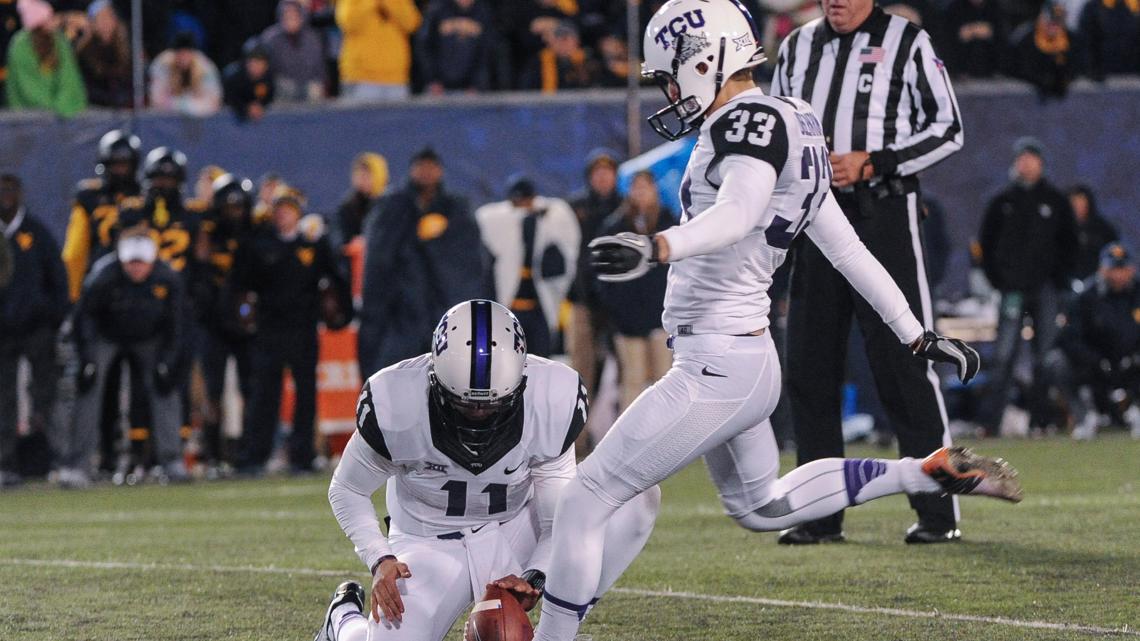
So Trackman kind of tapped into the kicking industry. There's Trackmans that measure footballs that are being kicked, the apex (height), the spin rate, the launch angle, the ball speed. You have all these things. You have guys who are obviously a lot bigger and stronger now than they were 20 years ago in the league.
So better athletes and then you have numbers and technology ... you can let the best guys in the world do that, as far as kicking a football goes – and you have numbers to back it up through technology – you're just gonna see a 60-yarder hit every week now in the NFL.
WFAA: What's an optimum level you're looking at when you use those type of numbers?
Oberkrom: Obviously, ball speed is very important. If the ball is traveling faster, it's gonna carry farther. But what I look at mainly, especially on long field goals or kickoffs, would be the spin rate. Generally when you get a little bit slower spin, assuming the ball still has like a high launch angle, that's gonna go really far. Because because slow spin has faster ball speed, they kind of go hand in hand.
When you get a fast-spin ball – like if somebody hits it off the toe or something – you get a really fast spin ball, the ball speed's less and it doesn't go as far. For NFL guys, if they have a fast-spin ball from 55 yards, they still have the leg to get it there. It's not a big deal. But man, when you're talking like 60-65, even hitting 70-yard field goals now pregame at low altitude, that's when the spin rate and the ball speed matter.
WFAA: Where do you coach them to kick on the ball?
Oberkrom: Yeah, we call it the bottom-third. So about a third of the way up from the bottom of the football. Your high school and your college balls are kind of the same shape, your Wilson GSTs, your Nike Vapor Elites, your Adidas Dimes. They're all a little bit more vertical compared to an NFL football, the Wilson Duke. There's no stripes on it there, they're typically a little bit shorter and definitely fatter in the middle.

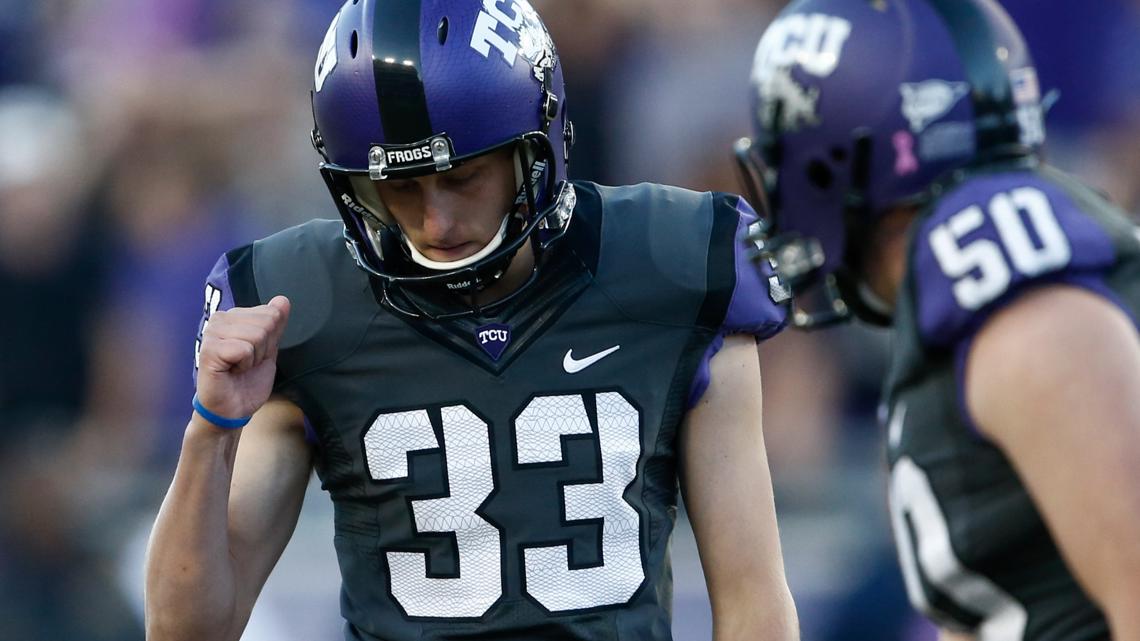
WFAA: So what is Brandon Aubrey doing so well? He looks so fluid and smooth in his motion. What's giving him that consistency and power?
Oberkrom: There's two things he does extremely well. No. 1 is tempo. When it looks like he's barely swinging, he's very smooth. A lot of people would say he has very good tempo. Instead of being a guy who's kind of rough with tempo – that would be like jab, step-kick – he's very jab... step... kick. You have smooth tempo, your mishits are gonna have a tighter grouping, a smaller dispersion.
Smooth tempo, less can go wrong. Bad tempo, a lot more can go wrong. So he's optimizing his mishits, basically getting rid of mishits.
And then the second thing he does well is, is man, if you just watch his upper body, his helmet, his head, even his number on his jersey on his approach, it doesn't move. His upper body is extremely still and something I tell my guys all the time, the more you move your upper body, the bigger you miss it, the less you move your upper body, the smaller the mishit.
He's got such a big leg and so much talent as far as the soccer background, and he's just gifted. You mix that with really smooth tempo, and a very still upper body, your mishits are gonna be instead of 50-60%, they're gonna be like 10-20%. He's just maximizing everything he has and just letting his talent shine.
WFAA: Do you think there will be a 70-yard field goal in an NFL game one day?
Oberkrom: With the technology, with the footballs, I think it's super possible. I had a 75-yard field goal when I was 17. A lot of long field goals, especially in games, are condition-based and game situation-based. So you're not gonna send a guy out for a 70-yard field goal, when you're only up by two at the end of the game. You're probably gonna punt it.
You're gonna see it maybe before halftime, potentially a game-winner, where field position doesn't matter. Is at high altitude? Is it downwind? Sometimes win can add 10-12, 15 yards to a kick. Every guy in the NFL can hit a 70-yard field goal right now under the right conditions. But it's gotta make sense in the game, as far as field position and stuff like that goes too.

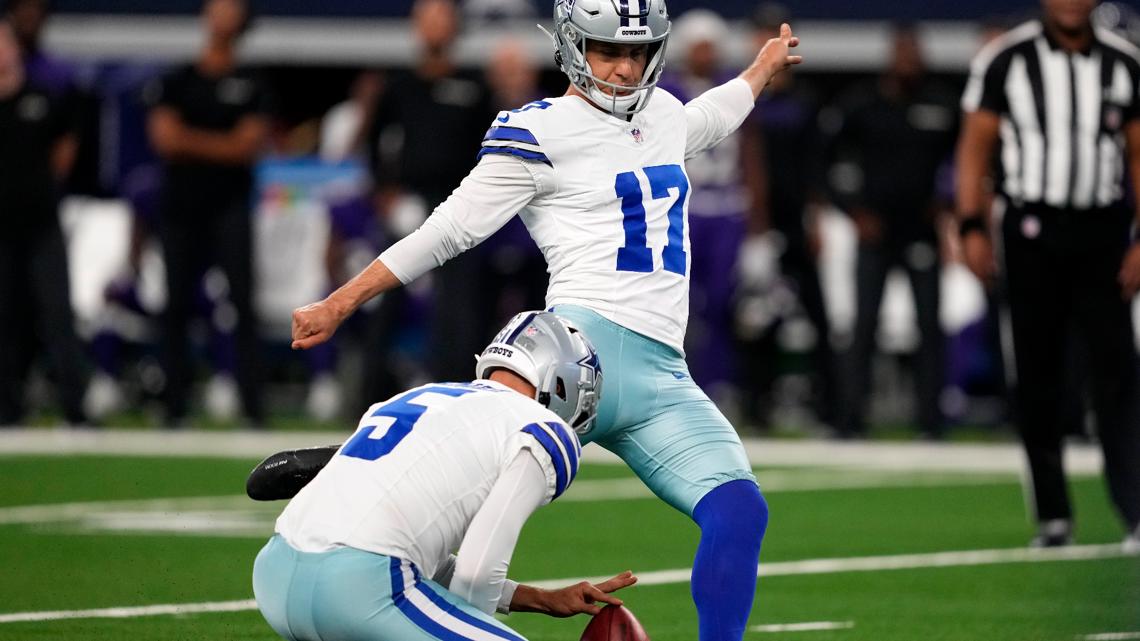
Watch our full interview with Oberkrom in the video player above.

